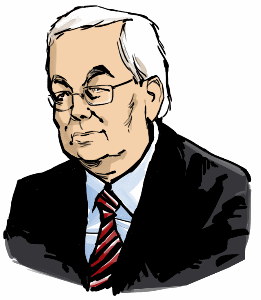© Gunnar Tómasson
12 December 2017
Overview
A
Shakespeares Sonnets
1027983
271661 = # 1
261048 = # 2
248718 = # 153
246556 = # 154
1027983
B
A Poet’s Passage
1027983
105113 = Platonic World Soul
-1000 = Darkness
43746 = Brennu-Njálssaga
777077 = Poet Sturla Þórðarson’s Final Years
-6067 = Miðeyjarhólmr – Exit Earthly Existence
45319 = Twelve Houses of the Zodiac
63795 = The Workes of William Shakespeare
1027983
C
Eternal Recurrence
1027983
197920 = Snorri Sturluson’s Advice to Young Poets
1 = Monad
1000 = Light of the World
5002 = Stonehenge
129308 = Stay passenger, why goest thou by so fast
85535 = Dedication, Shakespeares Sonnets
394811 = Blessed art thou, Simon bar Iona
199022 = Get thee behind mee, [Simon] Peter
4000 = Flaming Sword – Cosmic Creative Power
11384 = Christopher Marlowe
1027983
A + B + C = 1027983 x 3 = 3083949
As in:
2542548 = Dedication, King James Bible, 1611
468222 = Abomination of Desolation
10039 = The Spirit of Jesus
16290 = Sacred Triangle of Pagan Iceland
4000 = Flaming Sword – Cosmic Creative Power
7000 = Microcosmos – Man in God’s Image
35850 = EK/Ten Sefiroth of Kabbalah¹
3083949
***
Calculator for converting letters to cipher values is at:
http://www.light-of-truth.com/ciphersaga.htm
¹Background on Kabbalah
The most influential Kabbalistic text was The Zohar, which was probably written in about 1275 by the Spanish mystic Moses of Leon [who] believed that God gives each mystic a unique and personal revelation, so there is no limit to the way the Torah can be interpreted: as the Kabbalist progresses, layer upon layer of significance is revealed. The Zohar shows the mysterious emanation of the ten sefiroth as a process whereby the impersonal En Sof becomes a personality. In the three highest sefiroth – Kether, Hokhmah and Binah – when, as it were, En Sof has only just „decided“ to express himself, the divine reality is called „he.“ As „he“ descends through the middle sefiroth – Hesed, Din, Tifereth, Netsakh, Hod and Yesod – „he“ becomes „you.“ Finally, when God becomes present in the world in the Shekinah, „he“ calls himself „I.“ It is at this point, where God has, as it were, become an individual and his self-expression is complete, that man can begin his mystical journey. Once the mystic has acquired an understanding of his own deepest self, he becomes aware of the Presence of God within him and can then ascend to the more impersonal higher spheres, transcending the limits of personality and egotism. It is a return to the unimaginable Source of our being and the hidden world of sense impression is simply the last and outer-most shell of the divine reality. (Karen Armstrong, A History of God, Ballantine Books, New York, 1993, p. 247)“

 Gunnar Tómasson
Gunnar Tómasson